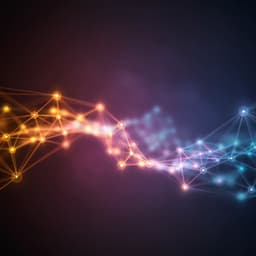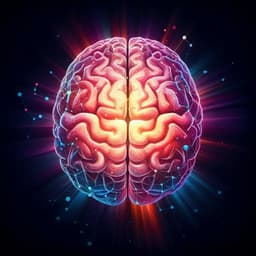
Psychology
A systematic review of observational practice for adaptation of reaching movements
J. Rudisch, L. K. H. Holzhauer, et al.
Explore how observing others can enhance motor learning! This systematic review, conducted by Julian Rudisch and colleagues, reveals that while observational practice promotes adaptation in motor tasks, it may not fully replicate the effects of actual physical practice. Dive into the findings and understand the nuances of motor learning through observation.
Playback language: English
Related Publications
Explore these studies to deepen your understanding of the subject.







